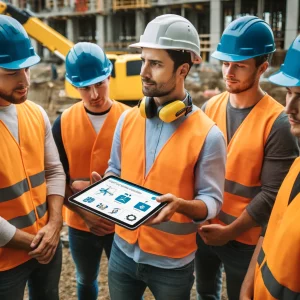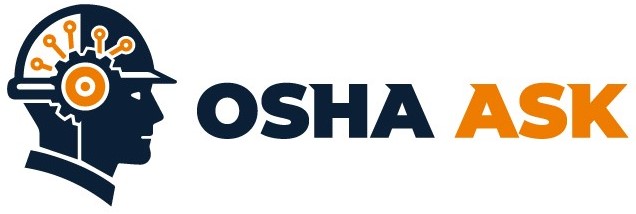The construction industry has long been plagued by inefficiencies, delays, and safety concerns. From project planning and design to execution and monitoring, there are numerous challenges that can lead to cost overruns, schedule slippages, and potential hazards. However, the advent of artificial intelligence (AI) has opened up new avenues for addressing these issues, offering solutions that can streamline processes, enhance productivity, and prioritize worker safety.
AI-Driven Design and Planning
One of the most significant applications of AI in construction is in the design and planning phase. Advanced algorithms can analyze vast amounts of data, including site conditions, material properties, and environmental factors, to optimize designs and minimize potential risks. AI-powered tools can simulate various scenarios, identify potential clashes or conflicts, and suggest modifications to improve constructability, sustainability, and cost-effectiveness.
Moreover, AI can assist in project scheduling and resource allocation, ensuring efficient utilization of materials, equipment, and workforce. By processing real-time data and accounting for variables such as weather conditions, supply chain disruptions, and labor availability, AI systems can dynamically adjust schedules and allocate resources more effectively, reducing delays and minimizing waste.
“AI is not just a technology, it’s a revolution in the way we approach building and construction. It will enable us to create structures that are safer, more efficient, and more sustainable than ever before.” – Vijay Sazawal, Civil Engineering Professor at University of Maryland
Autonomous Construction Equipment and Robotics
The integration of AI with robotics and autonomous equipment is revolutionizing on-site operations. Self-driving construction vehicles, such as excavators and dump trucks, can navigate complex job sites with precision, improving efficiency and reducing the risk of accidents caused by human error. These autonomous systems can operate around the clock, minimizing downtime and increasing productivity.
Additionally, robotic systems equipped with AI can perform tasks that are physically demanding or hazardous for human workers, such as demolition, material handling, and welding in confined spaces. By automating these tasks, AI can significantly reduce the risk of injuries and fatalities on construction sites.
Worker Safety and Training
 AI can also contribute to improving worker safety and training in the construction industry. Wearable devices integrated with AI can monitor workers’ vital signs, stress levels, and fatigue, alerting supervisors or triggering safety protocols when necessary. Additionally, AI-powered virtual reality (VR) and augmented reality (AR) simulations can provide immersive training experiences, allowing workers to practice high-risk tasks in a safe and controlled environment.
AI can also contribute to improving worker safety and training in the construction industry. Wearable devices integrated with AI can monitor workers’ vital signs, stress levels, and fatigue, alerting supervisors or triggering safety protocols when necessary. Additionally, AI-powered virtual reality (VR) and augmented reality (AR) simulations can provide immersive training experiences, allowing workers to practice high-risk tasks in a safe and controlled environment.
Predictive Maintenance and Quality Assurance
AI’s predictive capabilities can play a crucial role in maintaining equipment and ensuring quality control. By analyzing sensor data and historical maintenance records, AI algorithms can accurately predict when machinery or components are likely to fail, enabling proactive maintenance and minimizing costly breakdowns and downtime.
Furthermore, AI-powered systems can monitor construction processes in real-time, detecting deviations from plans or quality standards. Computer vision and machine learning techniques can analyze visual data from cameras and drones, identifying defects, structural integrity issues, or potential safety hazards before they escalate into major problems.
Conclusion
The construction industry is poised for a transformative shift as AI technologies continue to evolve and integrate with existing processes. By leveraging AI for design optimization, autonomous equipment, predictive maintenance, and worker safety, construction companies can achieve unprecedented levels of efficiency, productivity, and safety. Embracing AI is not just a competitive advantage but a necessity for building smarter and more sustainable structures in the face of ever-increasing complexities and challenges.

